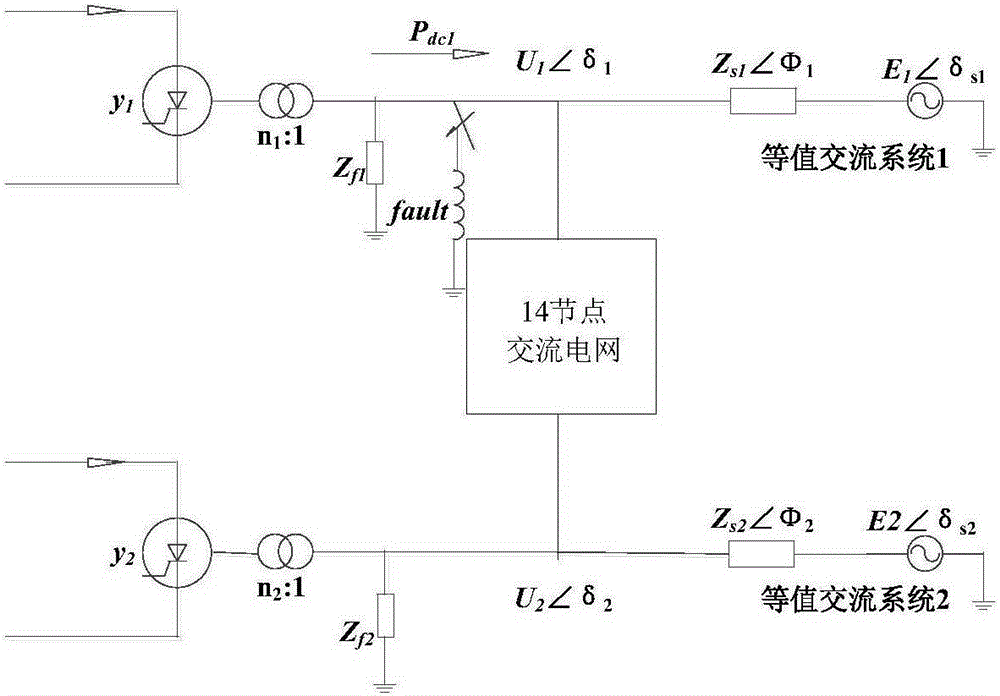Multi-infeed power transmission system fault partition current limiter installation method based on graph theory
A technology of fault current limiter and power transmission system, applied in the direction of electrical components, etc., can solve the problems of uncertainty of the installation position of fault current limiter, difficulty in implementation, and inability to generalize into one piece.
- Summary
- Abstract
- Description
- Claims
- Application Information
AI Technical Summary
Problems solved by technology
Method used
Image
Examples
Embodiment Construction
[0036] The present invention will be further described below in conjunction with the accompanying drawings and embodiments.
[0037] 1 Fault Partition Technology Theory
[0038] 1.1 Application Introduction of Fault Current Limiter (FCL)
[0039] With the gradual expansion of the scale of the power system, the complexity of the system and the difficulty of control continue to increase, and the power of the AC grid is also increasing. This situation leads to an increasing level of AC short-circuit current. When a short-circuit fault occurs in the system, the traditional method is to operate the circuit breaker to isolate the fault, which may lead to serious consequences such as loss of power supply to the load, disconnection of the power grid, and even system instability. The fault current limiter can limit the short-circuit current without changing the grid structure and system operation mode, and at the same time avoid the instability of the AC system caused by the change of...
PUM
 Login to View More
Login to View More Abstract
Description
Claims
Application Information
 Login to View More
Login to View More - Generate Ideas
- Intellectual Property
- Life Sciences
- Materials
- Tech Scout
- Unparalleled Data Quality
- Higher Quality Content
- 60% Fewer Hallucinations
Browse by: Latest US Patents, China's latest patents, Technical Efficacy Thesaurus, Application Domain, Technology Topic, Popular Technical Reports.
© 2025 PatSnap. All rights reserved.Legal|Privacy policy|Modern Slavery Act Transparency Statement|Sitemap|About US| Contact US: help@patsnap.com



